Creating an Aggregate Component Using the Components that are Part of a Segment/Service/Zone/Component Group
If you want to aggregate the components of a type that is included as part of a segment/service/zone/component group, then expand the corresponding node in the tree and click on the segment/service/zone/component group of interest to you.
For instance, to create an aggregate component using the individual components of a type in a service, do the following:
- Expand the Services node in the tree structure and click on the service of interest to you (see Figure 1).
-
Depending upon the types of components that are part of the chosen service, the eG Enterprise system automatically identifies the aggregate component types that can be created using those components and displays the same in the right panel.
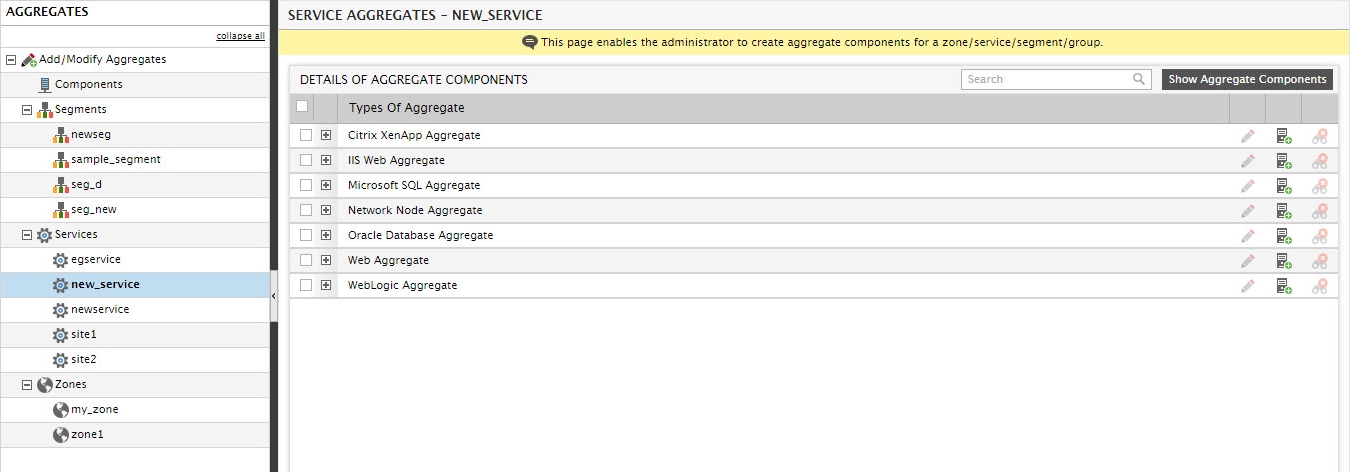
Figure 1 : The aggregate component types that can be created using the components of a chosen segment
-
To create an aggregate component of one of the listed types, click on the Add icon corresponding to that type in Figure 1. Figure 2 will then appear. Provide a Nick name for the aggregate component and assign a Remote Agent to it using Figure 3.
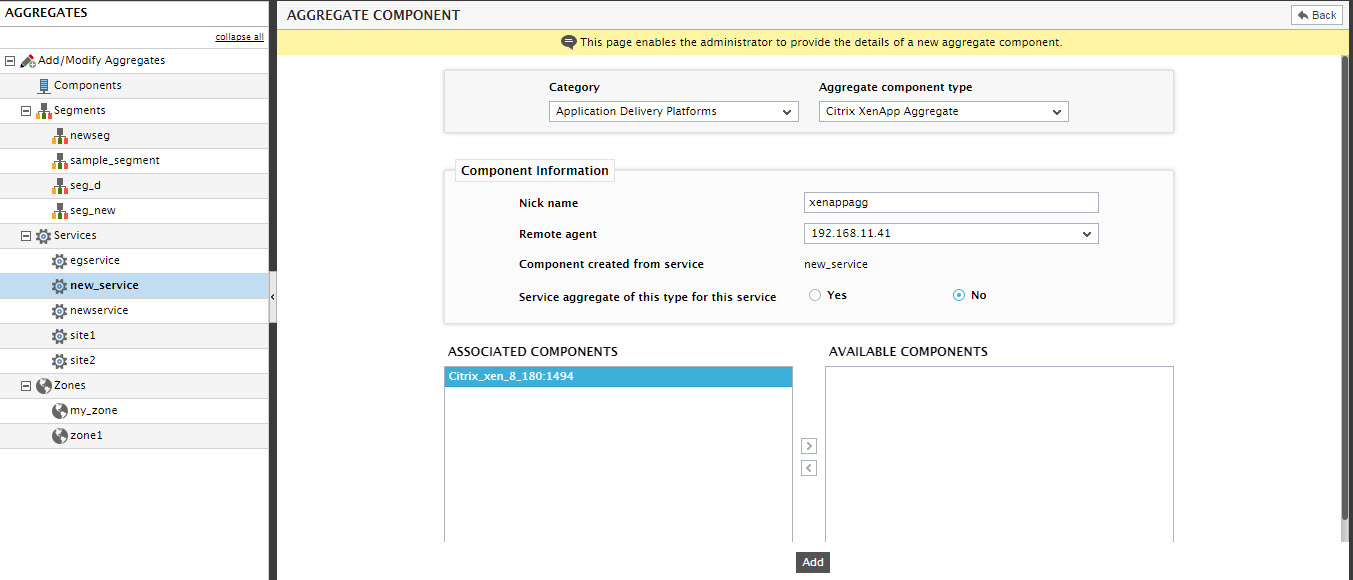
Figure 2 : Adding an aggregate component using the components in a segment
- Then, indicate whether/not the aggregate component being created is the Service aggregate for all components of that type in that service. In other words, indicate whether the aggregate component being created will represent the aggregated state of the components of that type in that service. This needs to be done because, where a service contains many components of a type, you can create any number of aggregate components of that type from the service. In this scenario, to accurately indicate service health, the eG Enterprise system must know which aggregate component of a type best represents the health of the service components of that type. This is why, ideally, any aggregate component that includes all components of a particular type within a service should be set as the Service Aggregate of this type for this service.
- To set an aggregate component as the Service aggregate, set the Service Aggregate of this type for this service flag to Yes; otherwise, set it to No.
- All the service components that can be included as members of the aggregate component of the chosen Aggregate component type will be automatically displayed in the associated components list - i.e., will be automatically associated with the Aggregate component type. For instance, when creating an IIS Web Aggregate component, all components in the chosen service that are of type IIS Web will be automatically associated with the IIS Web Aggregate component. You can disassociate one/more of these components by selecting them from the associated components list and clicking the > button in Figure 2. To add them back to the aggregate component, select them from the disassociated components list and click the Associate button.
-
To add the newly created aggregate component, click the Add button in Figure 2.
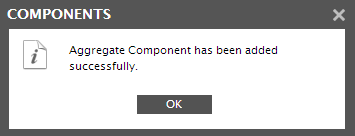
Figure 3 : A result page indicating the successful addition of an aggregate component
- When the message box of Figure 3 appears, click the ok button.
-
This will take you to Figure 4 where the newly created aggregate component will be listed.
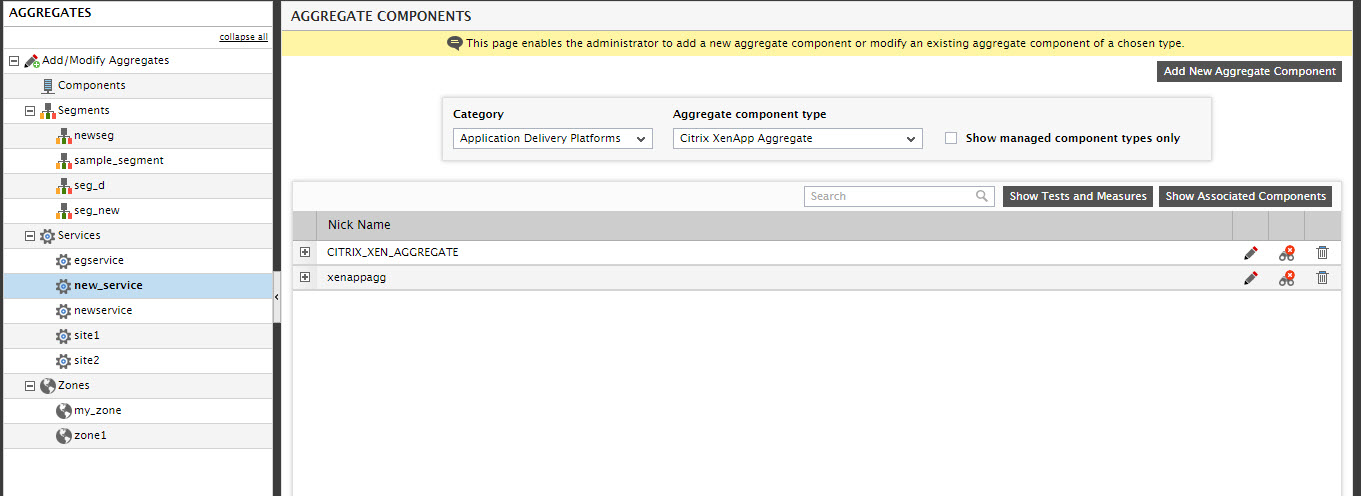
Figure 4 : The aggregate component newly created from the service
- Every aggregate component type so created is automatically associated with a default set of tests. To view the tests that are available by default for a particular aggregate component type and the measures they report, click on the Show Tests and Measures button at the top of Figure 4.
- This way, aggregate components can be created from a segment, zone, and even a component group.
When creating an aggregate component from a zone, you can automatically associate the component being added to that zone. For this, while creating the aggregate component, you will have to select the Auto-associate this component to the zone <zone_name> flag to Yes (see Figure 5).
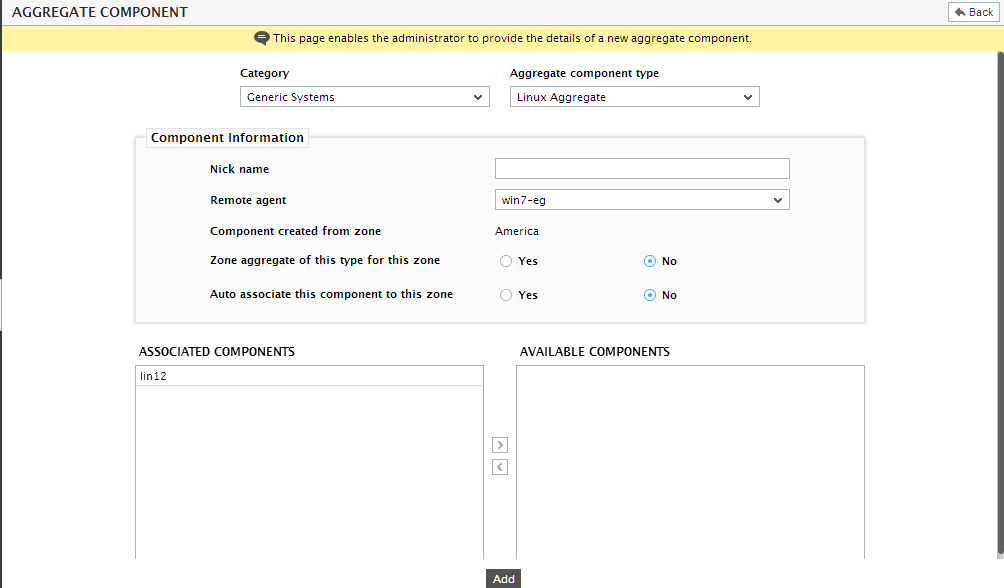
Figure 5 : Creating an aggregate component from a zone
Also, when creating aggregate components from segments/services/zones/component groups, you can save yourselves the trouble of adding the aggregate components one at a time. Instead, you can simultaneously add multiple components - one of each aggregate component type - that can be supported by the segment/service/zone/component group that is chosen.
For instance, to create multiple aggregate components from the individual components of a segment at one shot, do the following:
- Expand the Segments node in the tree structure and click on the segment of interest to you (see Figure 6).
-
Depending upon the types components that are part of the chosen segment, the eG Enterprise system automatically identifies the aggregate component types that can be created using those components and displays the same in the right panel (see Figure 6).
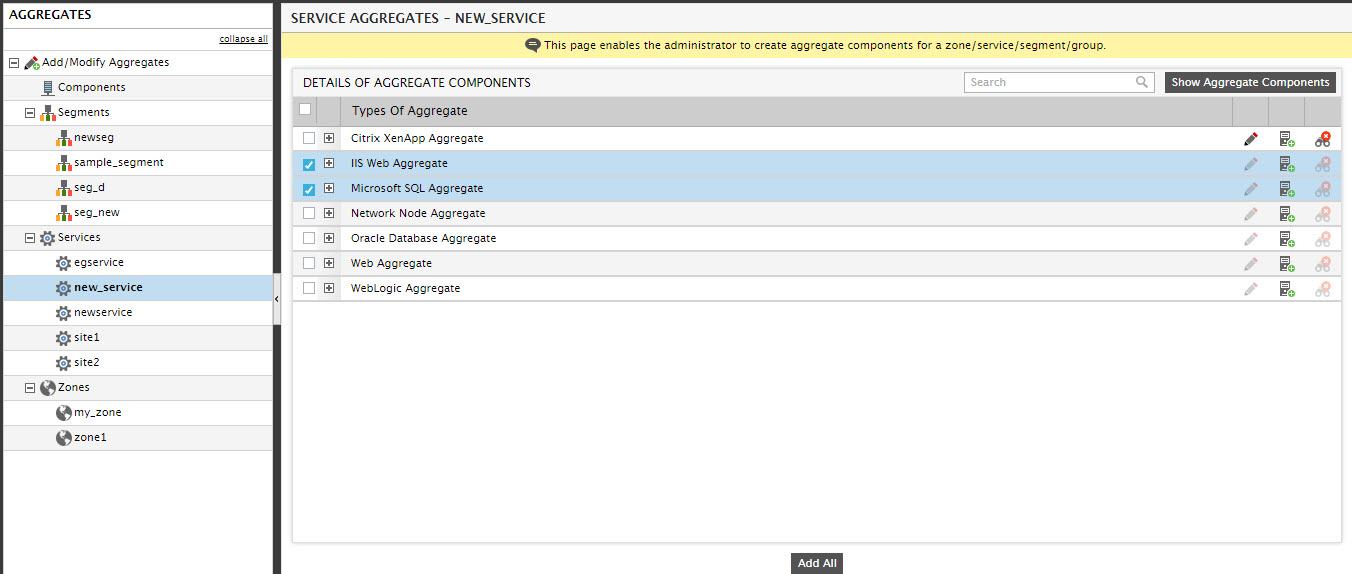
Figure 6 : List of aggregate component types that a segment can support
- From this component list, select the types of aggregate components you want to create by selecting the check boxes alongside the aggregate component types (see Figure 6).
- Then, click the Add All button in Figure 6.
-
If this is done, then the eG Enterprise system will auto-assign a nick name and a remote agent to the aggregate components of each of the aggregate type chosen, and will then display this auto-configuration for your confirmation (see Figure 7). Click the Add All button in Figure 7 to automatically add the displayed components.
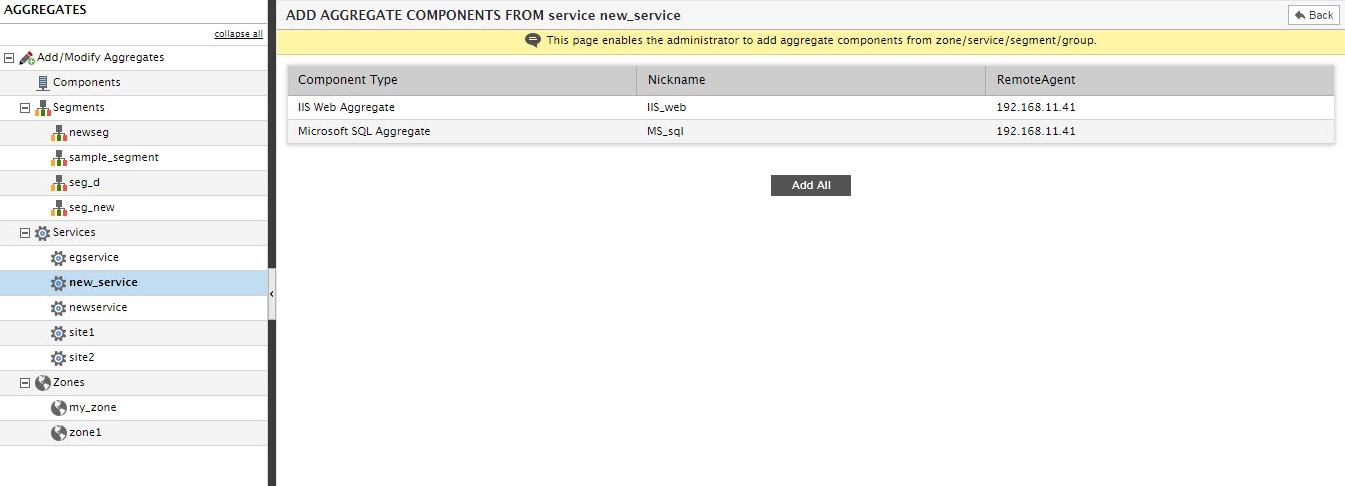
Figure 7 : The aggregate components that can be created from the segment



